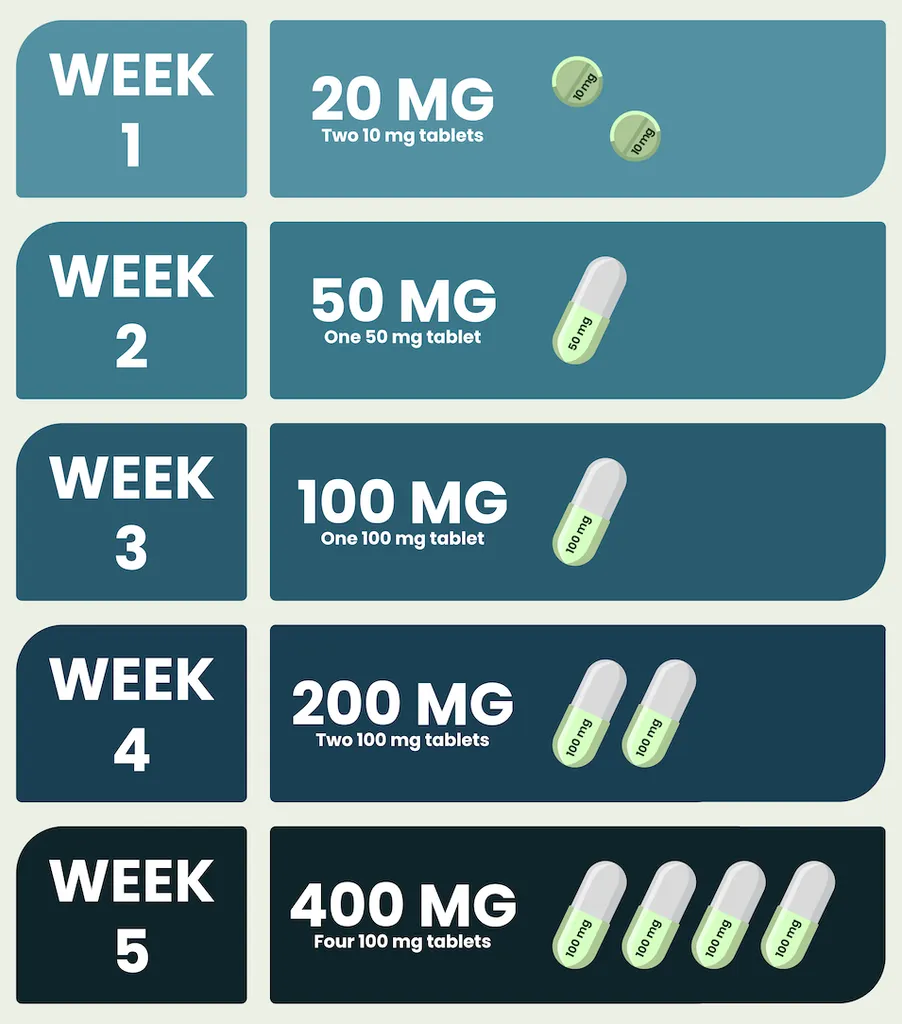Venetoclax by Itself
When is Venetoclax Used by Itself for CLL?
Venetoclax is typically prescribed as a fixed-duration treatment in combination with a monoclonal antibody—obinutuzumab for one year in first-time treated CLL, and rituximab for two years in second-line or subsequent treatments. However, it can also be administered continuously by itself (monotherapy).
This approach is not usually recommended but might be considered if, for instance, a patient is eligible for second-line therapy but cannot take rituximab with venetoclax. In such cases, their doctor might recommend continuous solo venetoclax treatment until it is no longer effective or side effects become unmanageable.
How Does Venetoclax Work?
Venetoclax targets and kills cancerous CLL cells by blocking the BCL-2 protein, which regulates B-cell survival and death. Overproduction of BCL-2 is common in CLL cells, and its blockage with venetoclax leads to the death of these cancer cells. However, venetoclax may also kill healthy B-cells.
How is Venetoclax Administered?
Ventoclax is taken by mouth in the form of a tablet. It requires a special approach called "ramp-up dosing." This means that the dose of venetoclax is gradually increased over time.
- First week: 20 mg once daily (during this dose, if you have high-risk tumor lysis syndrome [TLS] features, you may be hospitalized for 24-48 hours)
- Second week: 50 mg once daily (during this dose, if you have high-risk TLS features, you may be hospitalized for 24-48 hours)
- Third week: 100 once daily
- Fourth week: 200 mg once daily (two 100 mg tablets)
- Fifth week: 400 mg once daily (four 100 mg tablets)
- From week six onward, you will continue to take 400 mg once daily

Venetoclax ramp-up dosing mitigates the risk of tumor lysis syndrome (TLS), a rare but potentially life-threatening condition caused by the rapid destruction of cancer cells. This gradual increase in dosage allows the body to adjust to the medication while monitoring and managing any side effects.
Carefully increasing the dose over time ensures safer treatment effectiveness in patients, particularly those with high-risk factors for TLS.
How Effective is Venetoclax by Itself for CLL?
If you have relapsed/refractory CLL and are considering taking venetoclax by itself continuously, data from a 2024 study showed what you can expect for how well venetoclax will work.
- 80% of all treated patients achieved a response, meaning CLL cells were either partially or fully reduced.
- The study showed that 48 weeks after starting venetoclax monotherapy, 33% of relapsed/refractory patients achieved a complete response (two months after treatment, patients' blood counts returned to normal, and their spleen and lymph nodes were not enlarged).
- Patients who responded remained in remission (duration of response) for an average of 25 months.
Side Effect Profile of Venetoclax for CLL
The percentage of people with CLL who experience mild-moderate common side effects on venetoclax as a single agent is shown below.
| Side Effect | Percentage of Patients Affected |
| Neutropenia | 50% |
| Diarrhea | 43% |
| Nausea | 42% |
| Upper respiratory tract infection | 36% |
| Anemia | 33% |
| Fatigue | 32% |
| Thrombocytopenia | 29% |
| Musculoskeletal pain | 29% |
| Edema (swelling of limbs from water retention) | 22% |
| Cough | 22% |
For more information on these side effects, you can visit the Side Effects Management section of this guide.
For more information on venetoclax, please visit the Venclexta Medication Guide.
Financial Resources for Venetoclax
To locate financial resources for venetoclax, click here. For additional resources, click here to visit the financial support section of the guide.